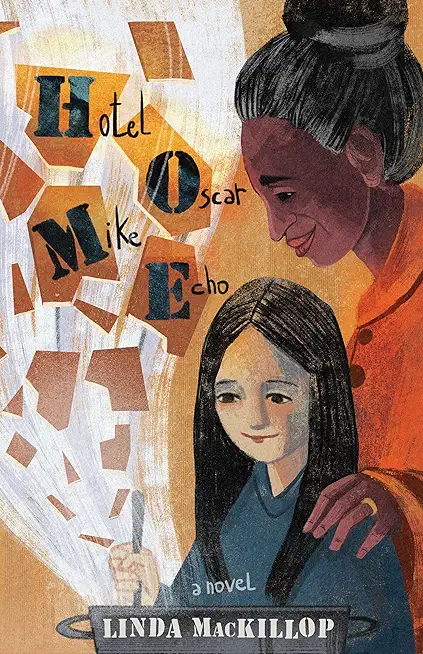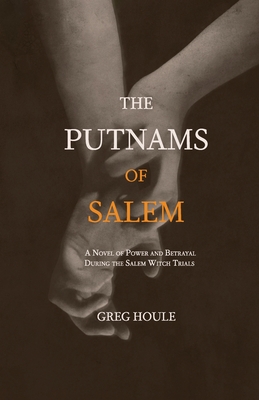
Bancroft, Dick
product information
description
4The American Indian Movement, founded in 1968 in Minneapolis, burst into that turbulent time with passion, anger, and radical acts of resistance. Spurred by the Civil Rights movement, Native people began to protest the decades--centuries--of corruption, racism, and abuse they had endured. They argued for political, social, and cultural change, and they got attention. The photographs of activist Dick Bancroft, a key documentarian of AIM, provide a stunningly intimate view of this major piece of American history from 1970 to 1981. Veteran journalist Laura Waterman Wittstock, who participated in events in Washington, DC, has interviewed a host of surviving participants to tell the stories behind the images. The words of Russell Means, Dennis Banks, Clyde Bellecourt, Eddie Benton Banai, Pat Bellanger, Elaine Salinas, Winona LaDuke, Bill Means, Ken Tilsen, Larry Leventhal, Jose Barreiro, and others tell the stories: the takeovers of federal buildings and the Winter Dam in Wisconsin, the founding of survival schools in the Twin Cities, the Wounded Knee trials, international conferences for indigenous rights, the Trail of Broken Treaties Caravan and the Longest Walk for Survival, powwows and camps and United Nations actions. This is the inside record of a movement that began to change a nation. Dick Bancroft has been the unofficial photographer for the American Indian Movement since 1970. He has traveled the world to take these photographs. Laura Waterman Wittstock (Seneca Nation), a writer and media consultant, covered the early years of the American Indian Movement as a journalist. Rigoberta Menchú Tum, recipient of the 1992 Nobel Peace Prize, is an activist for indigenous rights in Guatemala.
member goods
No member items were found under this heading.
Return Policy
All sales are final
Shipping
No special shipping considerations available.
Shipping fees determined at checkout.







